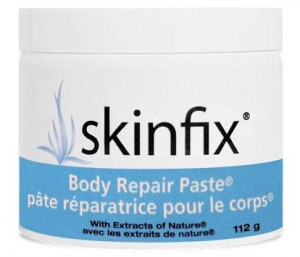Whether it's tiny pink pimples on a newborn's cheeks or big red welts on a feverish toddler, a child's first rash can alarm even the most calm and competent of parents. Bumps and blotches are not necessarily that alarming. Basically they are simply our skin's way of reacting to irritants, infections or hormonal changes. The reason babies get such awful looking rashes is that they have less developed immune systems than we do.
Are rashes life threatening? If a rash is accompanied by tightening of the throat, trouble breathing, or a fever (over 100.4 for an infant or over 101.3 for an older child), be sure to see a doctor right away. Otherwise the rash is probably just an irritation of some kind. The most irritating thing for the mother is always the crying that come with the constant itching and pain of rashes.
Here is what that rash might be –
Blisters: Could be contact dermatitis, diaper rash, impetigo, poison ivy
Dry patches: Could be cradle cap, eczema
Fever: Could be coxsackie, fifth disease, roseola, scarlet fever
Flaky skin: Might be cradle cap
Itchiness: Could be contact dermatitis, eczema, impetigo, poison ivy, scarlet fever
Lesions: Could be psoriasis
Red bumps or spots: Might be diaper rash, eczema, a case of poison ivy or scarlet fever
Red welts: Could be hives
Infants are more likely to develop Cradle Cap, petachaia (which is caused by pressure on the face) and contact dermatitis between the ages of zero and six months.
The prime time for diaper rash is between six and twelve months after a child has started eating a variety of new solid foods.
An estimated 90 percent of children with eczema will have had symptoms before the age of five. After age 3 an infection from strep bacteria can cause stronger severe throat pain.
From the age of six to twelve years most kids who get eczema usually see a dramatic improvement. Ear piercing is the main cause of nickel allergies and contact dermatitis.
Almost any child can develop irritant contact dermatitis (ICD) after prolonged exposure to a naturally irritating substance, like a scratchy clothing tag, drool, or a wet diaper; or from exposure to solvents and acids that can remove the protective oils and moisture in the skin, such as those found in powerful household cleansers.
The good news is that the risk of getting any of these rashes drops significantly after the age of fifteen.
Ask your doctor how to treat rashes. Ones that are infected might need an antibiotic cream. For diaper rash there are many over the counter remedies that work well.
Parenting Tips
babies,
children,
Cradle Cap,
cream,
eczema,
getting,
ICD,
infant,
kids,
need,
skin,
sure

